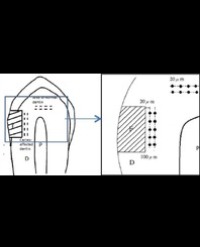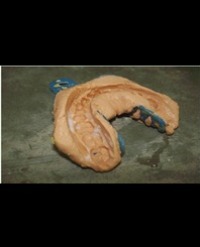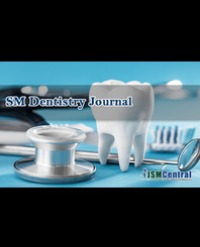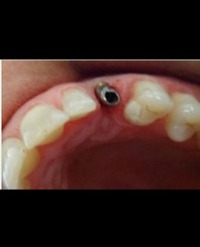
In-vitro Comparative Evaluation of Cariostatic Potential and Marginal Microleakage of Commonly-used Glass-Ionomer Restorative Materials as Interim Therapeutic Restorations
In-vitro Comparative Evaluation of Cariostatic Potential And Marginal Microleakage Of Commonly-Used Glass-Ionomer Restorative Materials as Interim Therapeutic Restorations.
Introduction: Glass ionomer cements (GIC) can ideally serve many restorative purposes in paediatric dentistry as it has advantages of chemical adhesion to tooth structure, as well as fluoride release and uptake into hard tissues.
Aims: To compare four commercially available conventional GIC based on the amount of fluoride release, marginal integrity and ability to increase microhardness of underlying artificial dentinal caries via remineralization.
Methods and Material: Standardized cavities were prepared on the buccal surface of 60 extracted sound premolars and artificial caries were induced onto the dentinal floor. Specimens randomized into four groups of fifteen teeth and restored with Fuji VII®, Riva Protect®, Riva Self Cure® and Fuji IX GP® Extra respectively. Measurement of fluoride release was done for 60 days. Subsequently, similar restorations prepared on lingual surface for microleakage test according to standard protocols.Dentin underlying buccal restorations were subjected to microhardness test while lingual restorations were evaluated for marginal microleakage.
Results: One-way ANOVA statistical analysis revealed significant difference was found in the amount of f luoride release between materials on all days of measurement (p<0.05). Riva Protect® released the highest amount of fluoride, followed by Fuji VII®, Riva Self Cure® and Fuji IX GP® Extra. Wilcoxon signed-rank test showed Riva Protect has theability to significantly improve the microhardness of artificial caries to the depth of 100 µm (p<0.05). There was a significant difference in the marginal sealing ability between materials with more microleakage seen with low-viscosity materials, analysed by Pearson’s Chi-Square test.
Conclusions: All materials possess cariostatic potential. However, Riva Protect® is suggested to exert the greatest cariostatic effects among the test materials
Nurulnazra MA, Mahyuddin A and Sockalingam SNMP*



